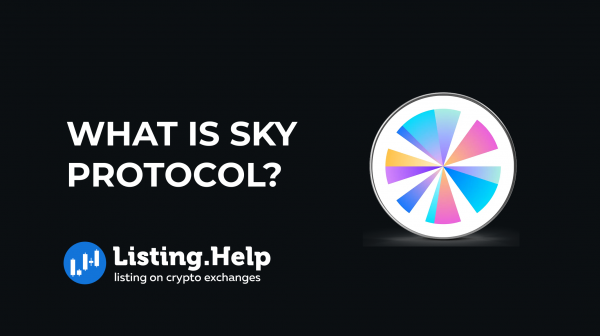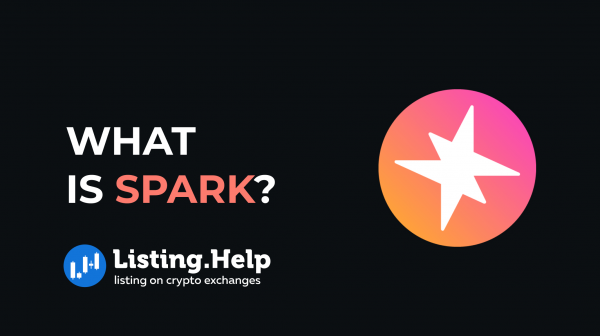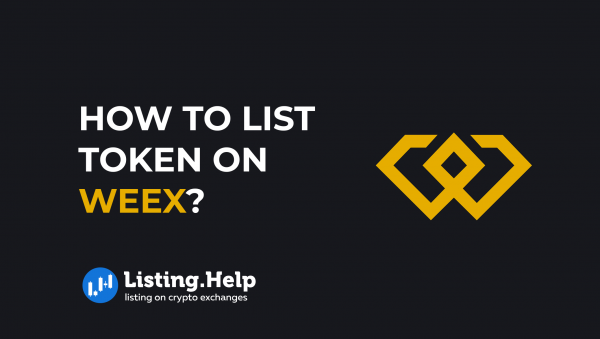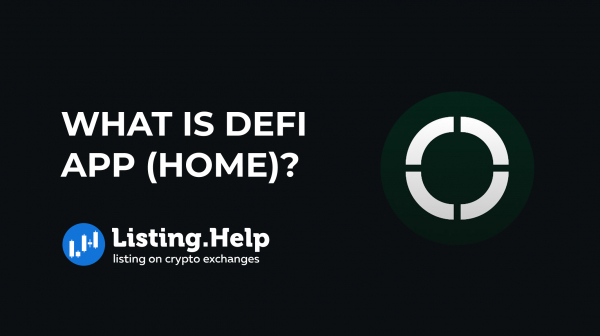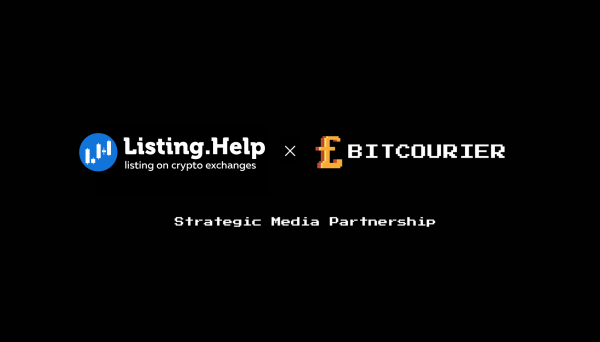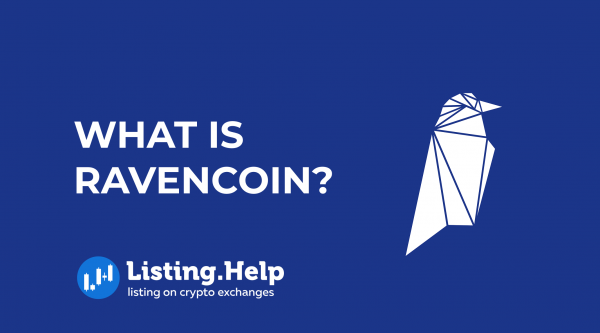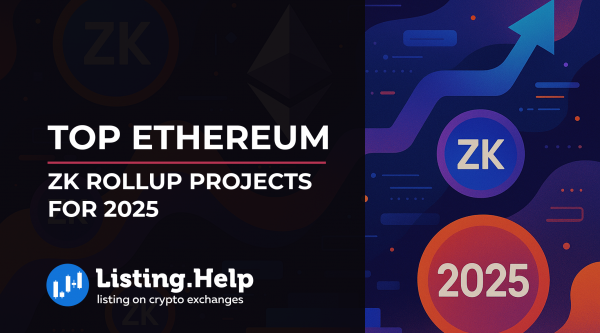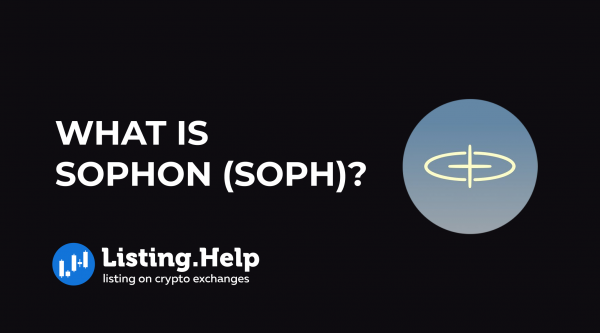What are BNB Chain and BNB Smart Chain (BSC)?
 February 22, 2024
February 22, 2024 Updated: January 27 2025, 07:19
Updated: January 27 2025, 07:19
LEAVE A REQUEST
Launching your own token project? Our experts are ready to help with listing on exchanges, market making, marketing and other solutions
SUBMIT APPLICATIONIn its bid to compete with Ethereum and other foundational blockchain platforms, Binance has committed over $1 billion to developing the BSC ecosystem. This investment is part of an effort to address concerns about the centralized nature of BSC.
The strategy includes leveraging BNB as a cornerstone token within the BSC ecosystem, which spans various sectors like GameFi and the NFT market. This approach is intended to underscore BNB’s role in the broader vision of what Binance terms “MetaFi”.
What is the BNB Chain?
The BNB Chain, previously known as the Binance Chain, emerged in 2019, marking a significant milestone as the BNB utility token transitioned from the Ethereum network to become the principal token of the BNB ecosystem. This initial iteration of the BNB Chain is referred to as the BNB Beacon Chain.
Following this, in 2020, the ecosystem expanded with the introduction of the BNB Smart Chain (BSC) – initially called the Binance Smart Chain. This addition was designed to function alongside the BNB Beacon Chain, introducing enhanced capabilities and versatility through compatibility with Ethereum Virtual Machine (EVM)-based smart contracts. This innovation spurred a rapid increase in decentralized applications (DApps) and services within the ecosystem.
Binance’s CEO, Chanpeng Zhao, explains that the acronym “BNB” signifies “Build ‘N Build,” emphasizing a vision of community-driven development where the emphasis is on continuous growth and creation within the community.
The BNB Chain that exists today integrates both the BNB Beacon Chain, which handles governance aspects such as staking and voting, and the BNB Smart Chain, maintaining its compatibility with the EVM.
With a focus on fostering interoperability and enhancing the infrastructure for what is envisioned as the “world’s parallel virtual environment,” the BNB Chain is at the forefront of Binance’s initiatives in MetaFi, aiming to bridge traditional finance with the burgeoning world of decentralized finance (DeFi) and beyond.
What is the Binance Smart Chain?
Binance initially launched its own blockchain, known as Binance Chain, which, despite its strengths, faced limitations in supporting smart contracts. To overcome these limitations, the Binance Smart Chain (BSC) was introduced as a complementary blockchain network optimized for smart contract functionality and decentralized applications (DApps).
BSC operates alongside the original Binance Chain, merging high transaction throughput with smart contract capabilities. It integrates the Ethereum Virtual Machine (EVM), allowing for the seamless execution of Ethereum-compatible applications.
The aim behind BSC was to provide a platform where developers could build DApps and users could efficiently manage digital assets across chains, benefiting from both high performance and low transaction delays. BSC was eventually renamed the BNB Chain, reflecting its broader ambitions and role within the ecosystem.
The Growth of Binance Smart Chain
Launched in 2017, Binance and its token BNB quickly rose to prominence. BSC was introduced in 2020, coinciding with the burgeoning DeFi sector’s growth, which sparked increased interest in blockchain’s potential for alternative financial solutions.
Binance states that the BNB token has undergone significant development since its introduction. Originally launched on the Ethereum network as an ERC-20 token, BNB migrated to Binance Chain in 2019, laying the groundwork for the BSC network’s launch in September 2020.
The transition of BNB onto BSC marked a pivotal moment, showcasing Binance’s ambition to extend BNB’s utility beyond its initial scope. BNB has since become the foundational token of the BNB Chain, symbolizing its central role in an expanding ecosystem that encompasses both the Binance Chain and BSC. This evolution reflects Binance’s strategy to transcend its boundaries, positioning BNB at the heart of a larger, interconnected ecosystem.
BNB Beacon Chain vs. BNB Smart Chain
The Binance Chain’s evolution into the BNB Beacon Chain and its incorporation into the broader BNB Chain framework have clarified the structure of Binance’s blockchain infrastructure. The component formerly known as the Binance Smart Chain, now the BNB Smart Chain or BSC, remains a critical element of this setup, renowned for facilitating a variety of blockchain interactions and its Ethereum Virtual Machine (EVM) compatibility.
In this ecosystem, BNB, originally Binance Coin, plays a crucial role. It functions as a vital governance token and is also utilized for transaction fees across the network. The ambition behind BNB is to achieve universal accessibility and utility.
By 2022, the integration of the BNB Beacon Chain and BSC under the singular BNB Chain designation maintained their unique roles:
– BNB Beacon Chain: This segment focuses on governance, enabling staking and decision-making activities, and operates with the BEP-2 token standard.
– BNB Smart Chain (BSC): Dedicated to hosting decentralized applications (DApps), DeFi services, and embracing a multitude of Web3 technologies, it relies on the BEP-20 token standard for functionality.
Following this integration, the ecosystem has seen growth with the addition of new ventures like BNB Greenfield and the opBNB layer-2 solution, further enriching Binance’s blockchain offerings.
What are BNB tokens and BNB ecosystem?
BNB, which now embodies the concept of “Build and Build,” serves as the driving force behind the BNB Chain ecosystem, acting as the primary currency for both the Beacon and Smart Chains. It’s not just for facilitating transactions but also plays a crucial role in the ecosystem’s governance, similar to how gas functions on Ethereum.
Holding BNB is essential for those looking to participate in the platform’s governance. With the rebranding, there have been announcements of enhancements aimed at pushing decentralization further, promising positive impacts for the community’s participants, including users and developers.
Key developments include:
– The introduction of an auto-burn feature for BNB, ensures transparency and objectivity.
– The v1.1.5 Bruno hard fork update modifies the rate at which BNB is burned.
Like other digital currencies, BNB can be traded and utilized across various platforms and for different purposes. This includes receiving discounts on the Binance exchange fees, covering network transaction costs, and making purchases both online and in physical stores.
Its dual-chain architecture enhances cross-chain collaboration, with the BNB token supporting both BEP-20 and BEP-2 standards. While BEP-2 is specific to the Beacon Chain, BEP-20 is aligned with the Smart Chain, drawing parallels to Ethereum’s ERC-20 due to their resemblance.
To summarize, while the Beacon Chain operates on the BEP-2 standard, the Smart Chain uses BEP-20 for creating its tokens.
Conclusion
Since its debut in 2017, the BNB Chain has seen significant growth, shifting from its initial form to become a vast DeFi ecosystem encompassing a wide array of services, products, DApps, and decentralized entities. Today, the BNB Chain emerges as a formidable player in the Web3 arena, providing a comprehensive and dynamic foundation for users, developers, and businesses to explore new avenues of innovation and expansion.

For further insights into the latest trends and developments in blockchain technology, we invite you to explore our blog at Listing.Help.






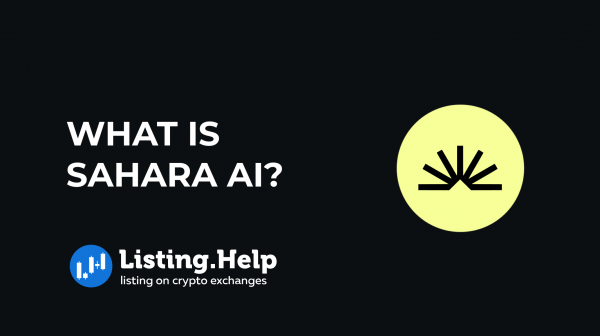
 July 2, 2025
July 2, 2025 